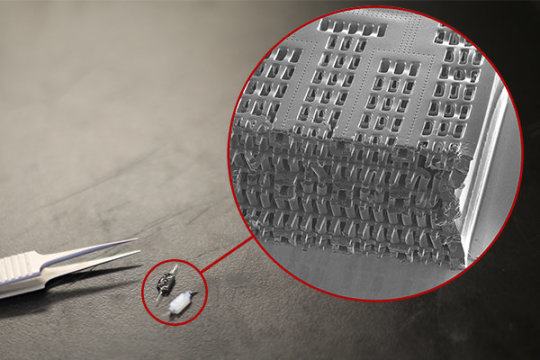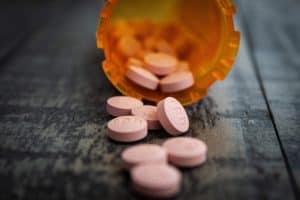
Engineers create lab-grown heart and liver tissue for drug testing and discovery
pharmafile | March 10, 2016 | News story | Manufacturing and Production, Research and Development | 3D, angiochip, artificial heart, drug delivery, innovation, liver, vessels
Researchers at University of Toronto have developed “person-on-a-chip” technology which sees the growing of realistic human tissues outside the body. Called AngioChip, it is a powerful platform for discovering and testing new drugs.
It is even hoped that the technology could be used to repair or replace damaged organs in the future. The team have published their work in the journal Nature Materials.
Led by Professor Milica Radisic, the research team created unique methods for manufacturing small, intricate scaffolds for individual cells to grow on. These artificially created environments produce cells and tissues that resemble the real thing more closely than those that lie flat when grown in a petri dish.
Radisic comments: “It’s a fully three-dimensional structure complete with internal blood vessels. It behaves just like vasculature, and around it there is a lattice for other cells to grow.”
They have trademarked Biowire, an innovative method of growing heart cells around a silk suture, but AngioChip is a significant step up on this and other recent creations.
Graduate student Boyang Zhang built the scaffold out of POMaC, a polymer that is both biodegradable and biocompatible. Stamped with a pattern of channels that are each about 50 to 100 micrometres wide, the scaffold is built out of a series of thin layers. Resembling computer microchips, the layers are then stacked into a 3D structure of synthetic blood vessels. As each layer is added, UV light is used to cross-link the polymer and bond it to the layer below.
When the structure is finished, it is bathed in liquid containing living cells. The cells quickly attach to the inside and outside of the channels and begin growing just as they would in the human body.
Radisic adds: “Our system runs in a normal cell culture dish, and there are no pumps; we use pressure heads to perfuse media through the vasculature. The wells are open, so you can easily access the tissue… Our liver actually produced urea and metabolised drugs.”
They can not only model just the organs themselves, but the interactions between them, using connecting blood vessels. They’ve even injected white blood cells into the vessels and watched as they squeezed through gaps in the vessel wall to reach the tissue on the other side, just as they do in the human body.
The team are hailing its great potential in the field of pharmaceutical testing. The ethical concerns of current drug testing methods, such as animal testing, are irrelevant when it comes to the use of these lab-grown human tissues. This model would provide the necessary models at a fraction of the cost, but the area is showing strong signs despite its relative infancy.
Currently made by hand, high-throughput manufacturing methods will be required to bring AngioChip to commercialisation.
Radisic says: “It really is multifunctional, and solves many problems in the tissue engineering space. It’s truly next generation.”
Sean Murray
Related Content

DelSiTech announces closing of €10m financing round for silica-based drug delivery platform
DelSiTech has announced the successful completion of a €10m financing round, marking the largest single …

ICR calls for faster access to innovative cancer drugs
The Institute of Cancer Research (ICR) has called for faster access to innovative cancer drugs …

CBD could be used to deliver drugs into the brain, research shows
Cannabidiol (CBD), one of 113 cannabinoids in cannabis plants, could be used to deliver medicines …








